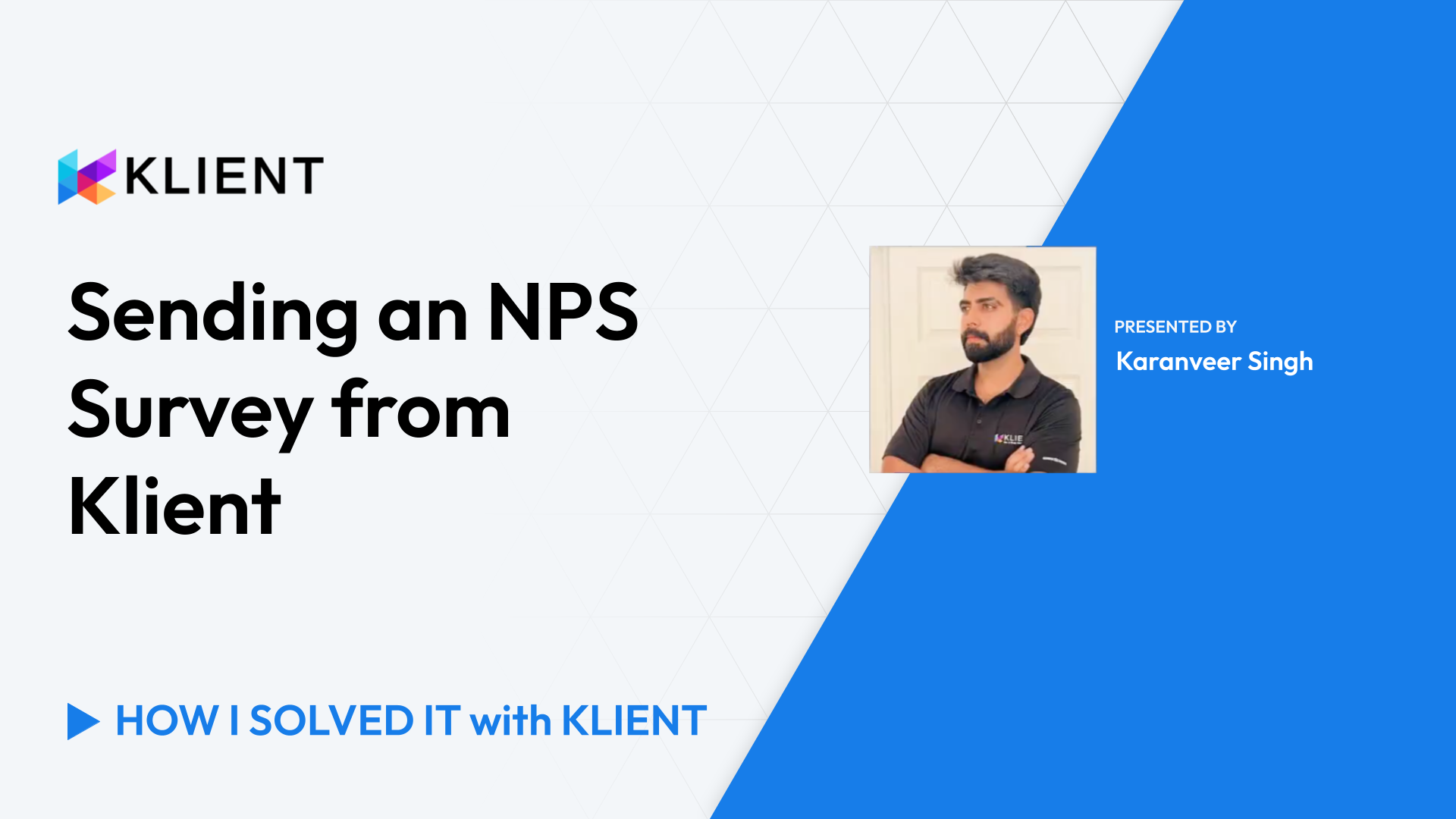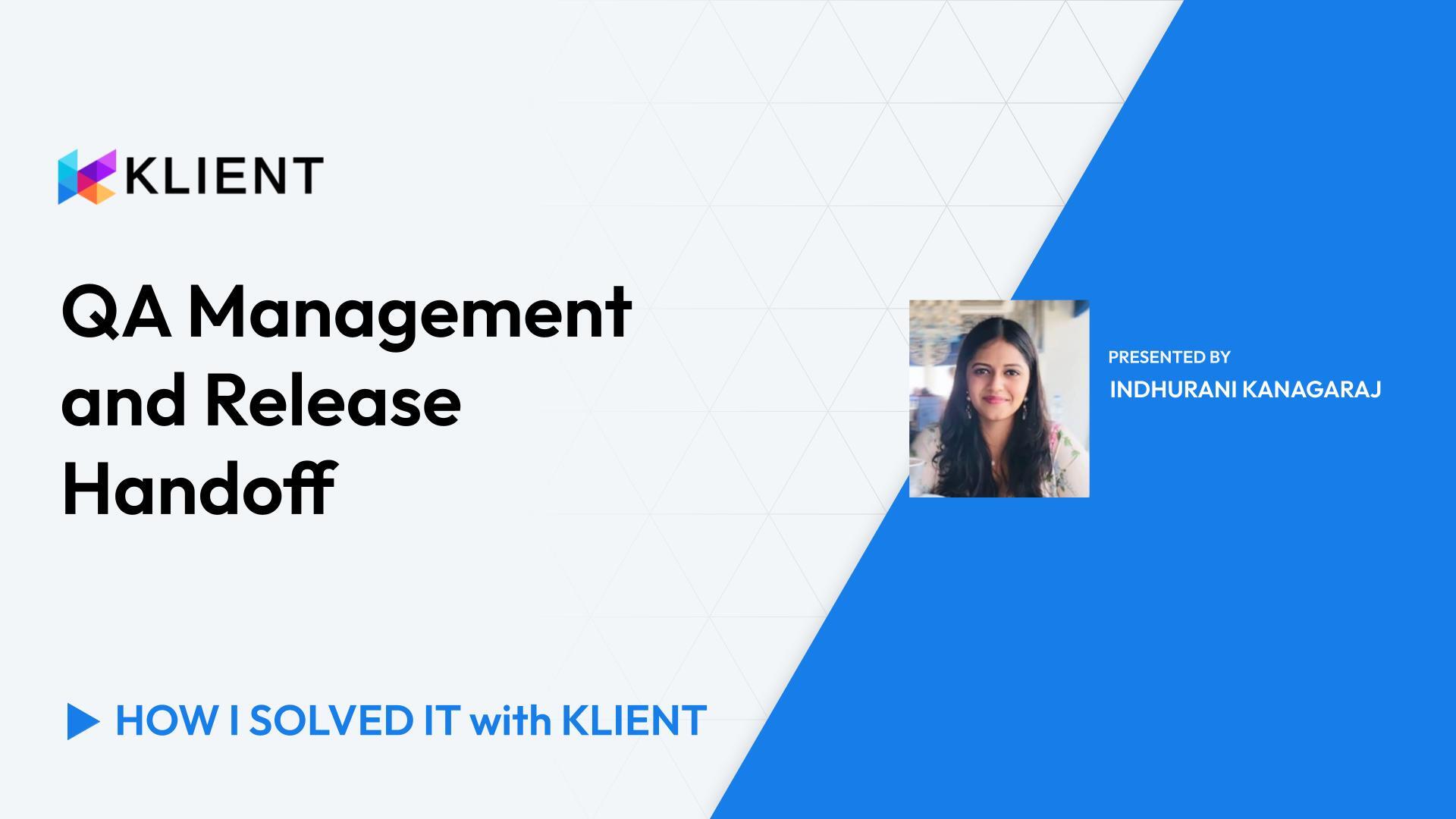Life of a Project: Fixed Fee With Installments
In this video, Dominic takes us through a comprehensive guide on managing a fixed fee project with installments using Klient. He demonstrates the process from project creation to task management, monitoring, and reporting.
Creating a new project from the customer account page
Leveraging templates for quick project setup
Assigning tasks and milestones
Monitoring progress and generating reports
Real-time adjustments and team alignment
1. Introduction (0:00 – 0:13)
Greetings everyone! Dominic for another ‘How I Solved It with Klient’. This time on the lifecycle of a project, in the case of a fixed fee with installments. We’ll cover from beginning to end. Here we go! Starting on the customer account page,
2. Project Creation (0:13 – 0:39)
We can directly create the new project from here. We can leverage project templates or task templates to quickly create a project leveraging our business knowledge. Obviously we can create a project from scratch, but using past experience is always a plus. Information that is preloaded based on the template selected can be kept as is or modified.
3. Task Management (0:39 – 1:21)
The project cloning process will take tasks or any other informations to the project reference and bring it over into our new project. Already, we have a project billing created based on an immediate payment, but if we wanted to change that for multiple installments, we can quickly modify our project configuration. Then we can change the project billing that was automatically created, maybe to create a 50% payment upfront and then use that same project billing line and clone it to create the final payment.
4. Monitoring and Reporting (1:21 – 2:02)
And that’s it. We now have two configured project billing lines for installments, and we can also use dynamic list views to list all uninvoiced items on our project. Now ready to generate the invoice for a certain period, listing may be just installments so that we can quickly create that invoice record to send the PDF to our customer. After reviewing, the document can be generated directly from our system so that we can with one click, send an email, leveraging email templates and also our contacts related to our account.
5. Conclusion (2:02 – 2:09)
That’s it. Project creation to invoicing in a breeze. Thanks!

Found this helpful?
Here are some similar videos in our serie How I Solved It with Klient
Subscribe to our channel
Visit and subscribe to our channel for more insights on leveraging Klient to solve your business challenges.










